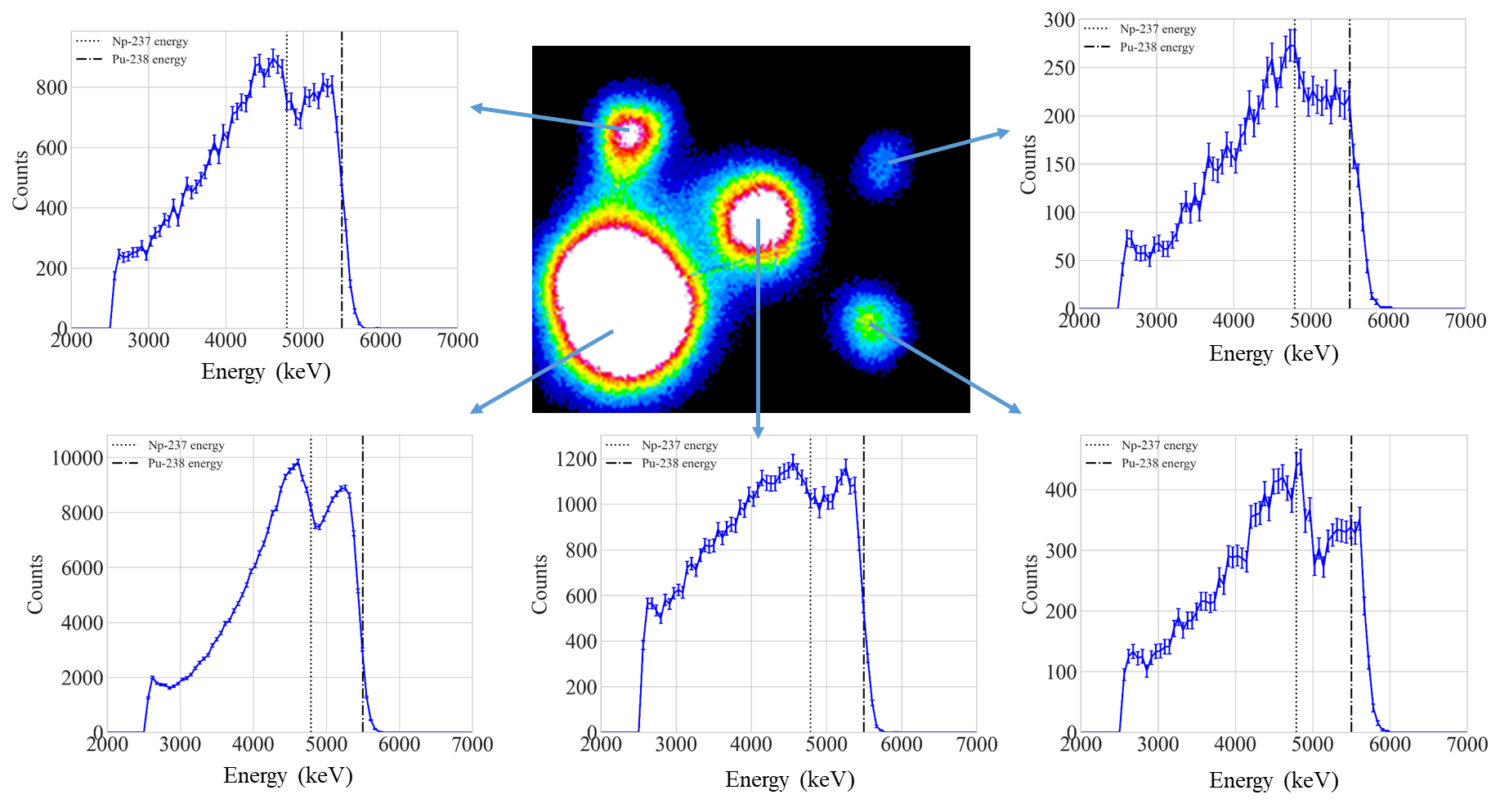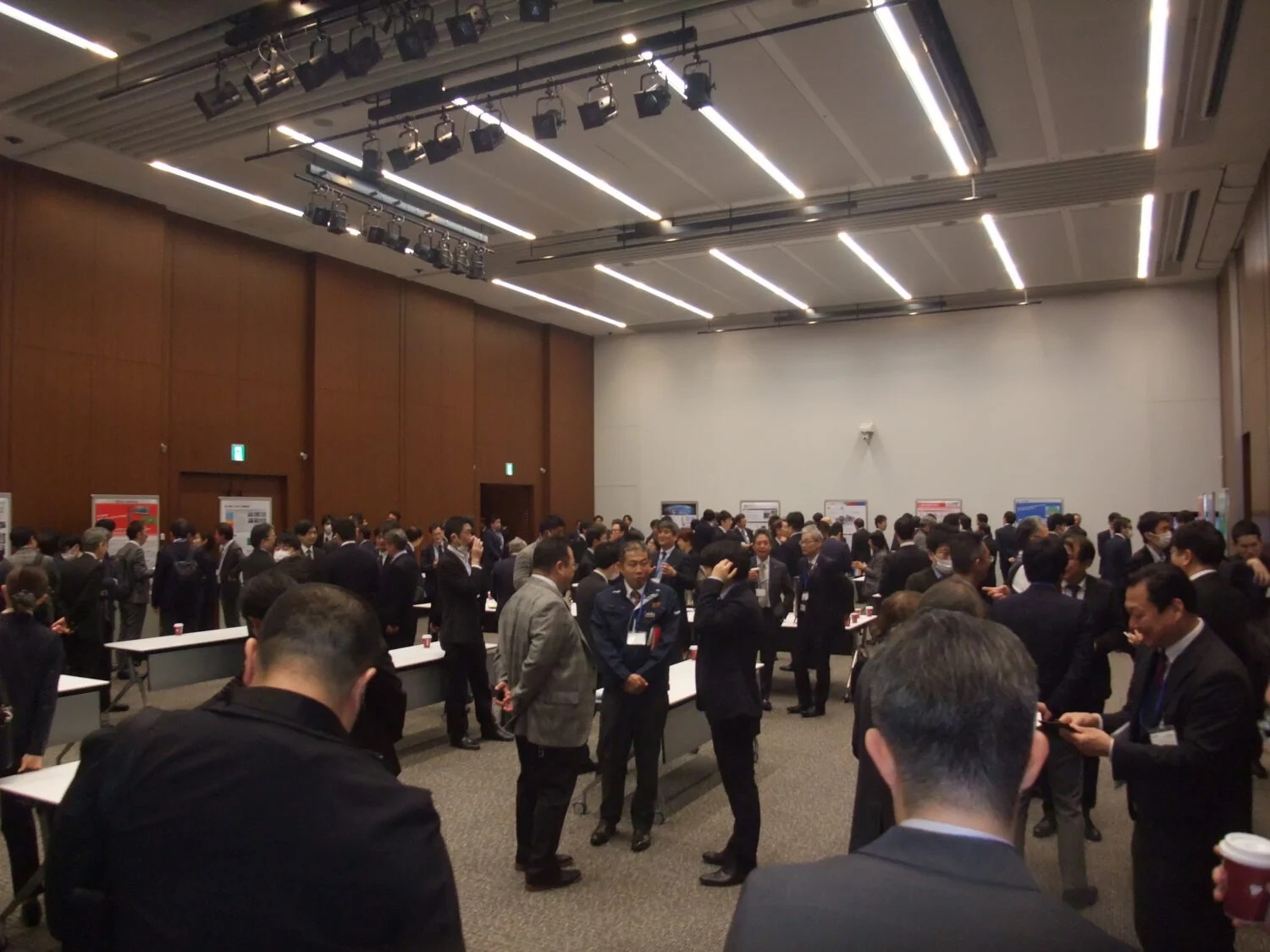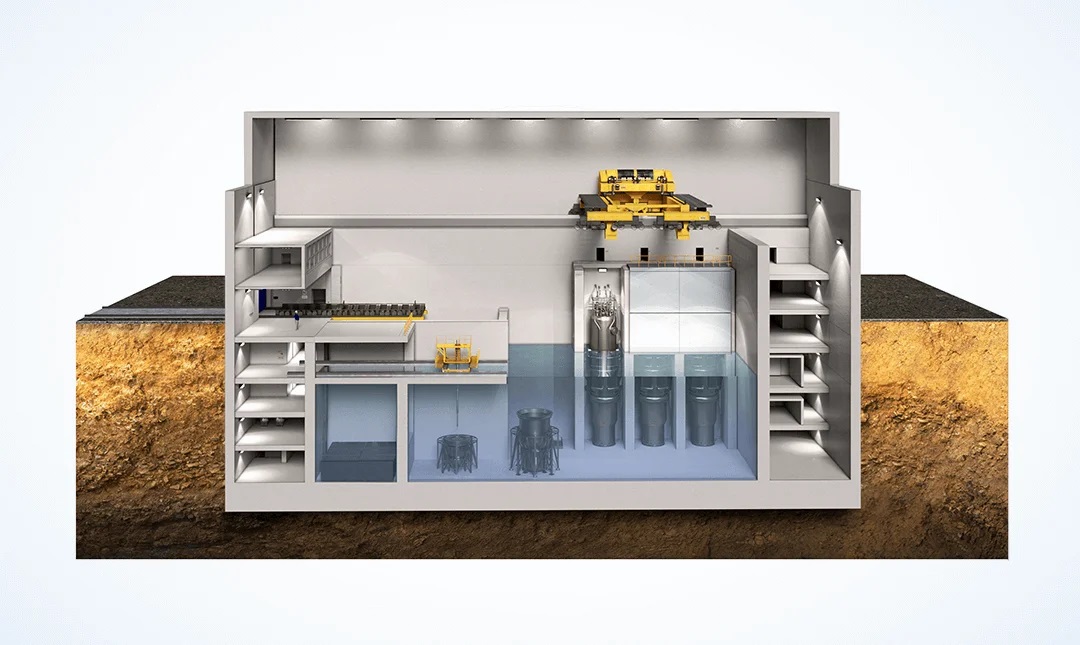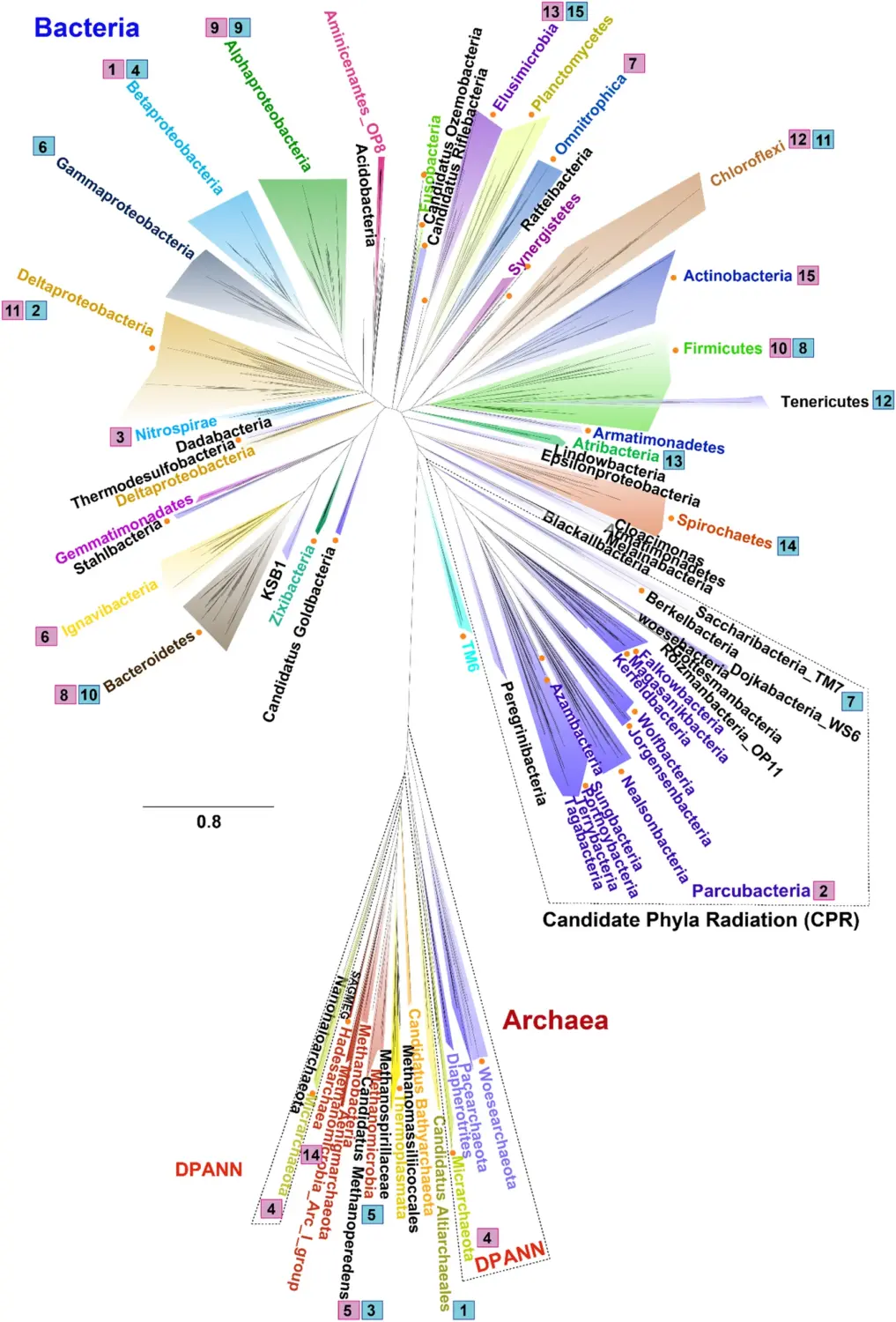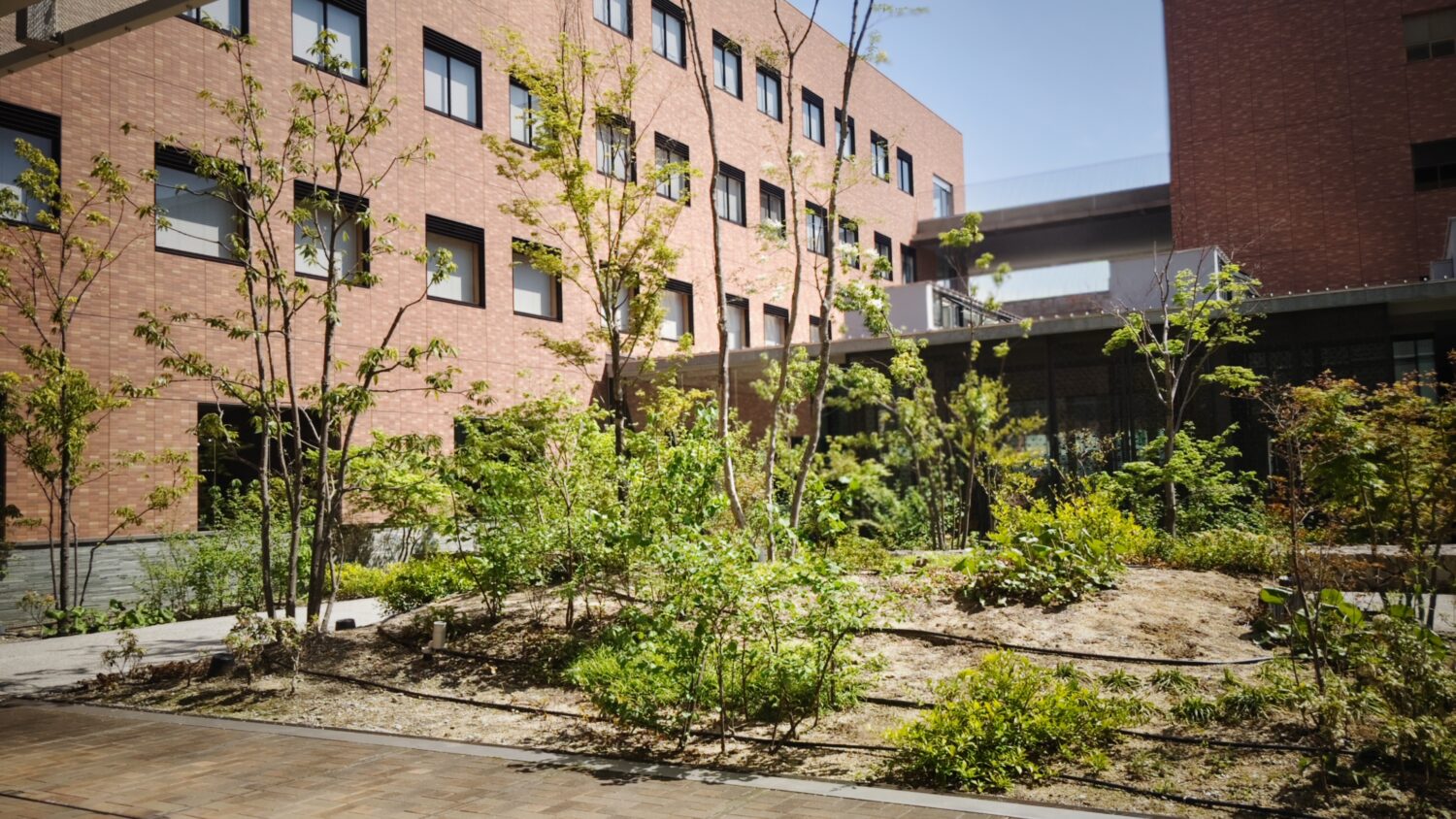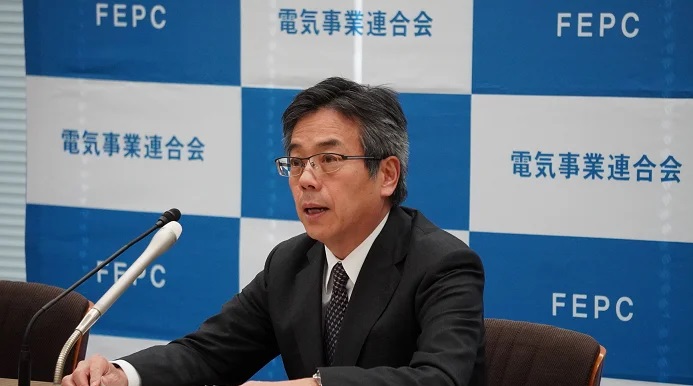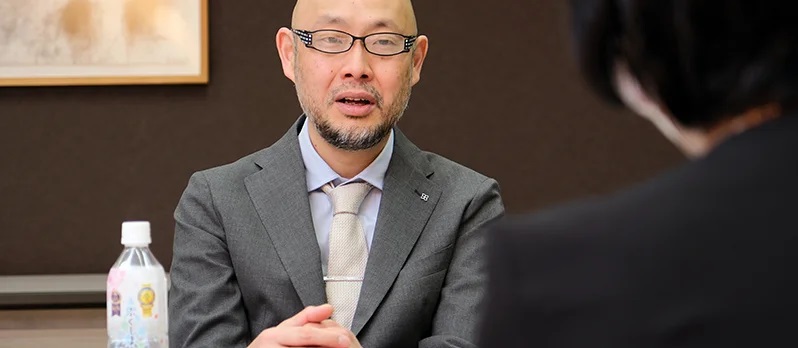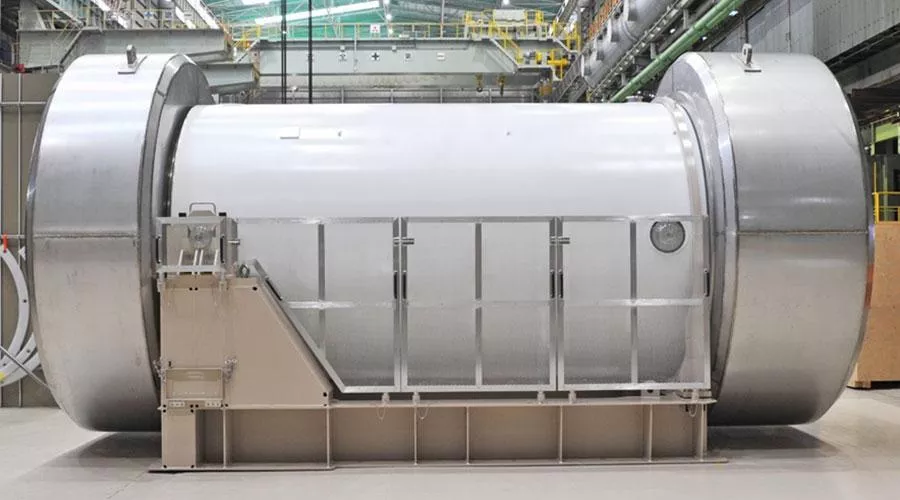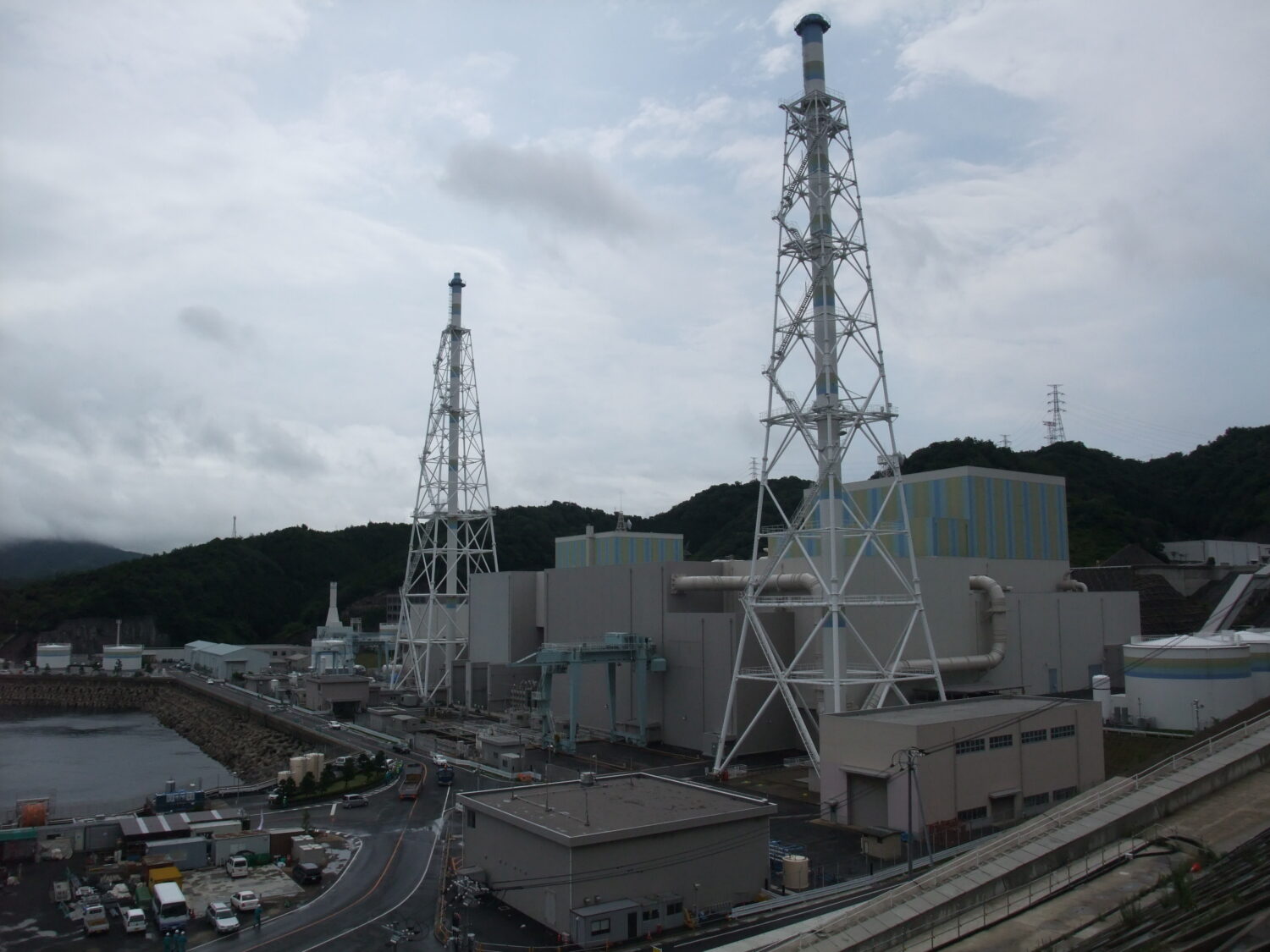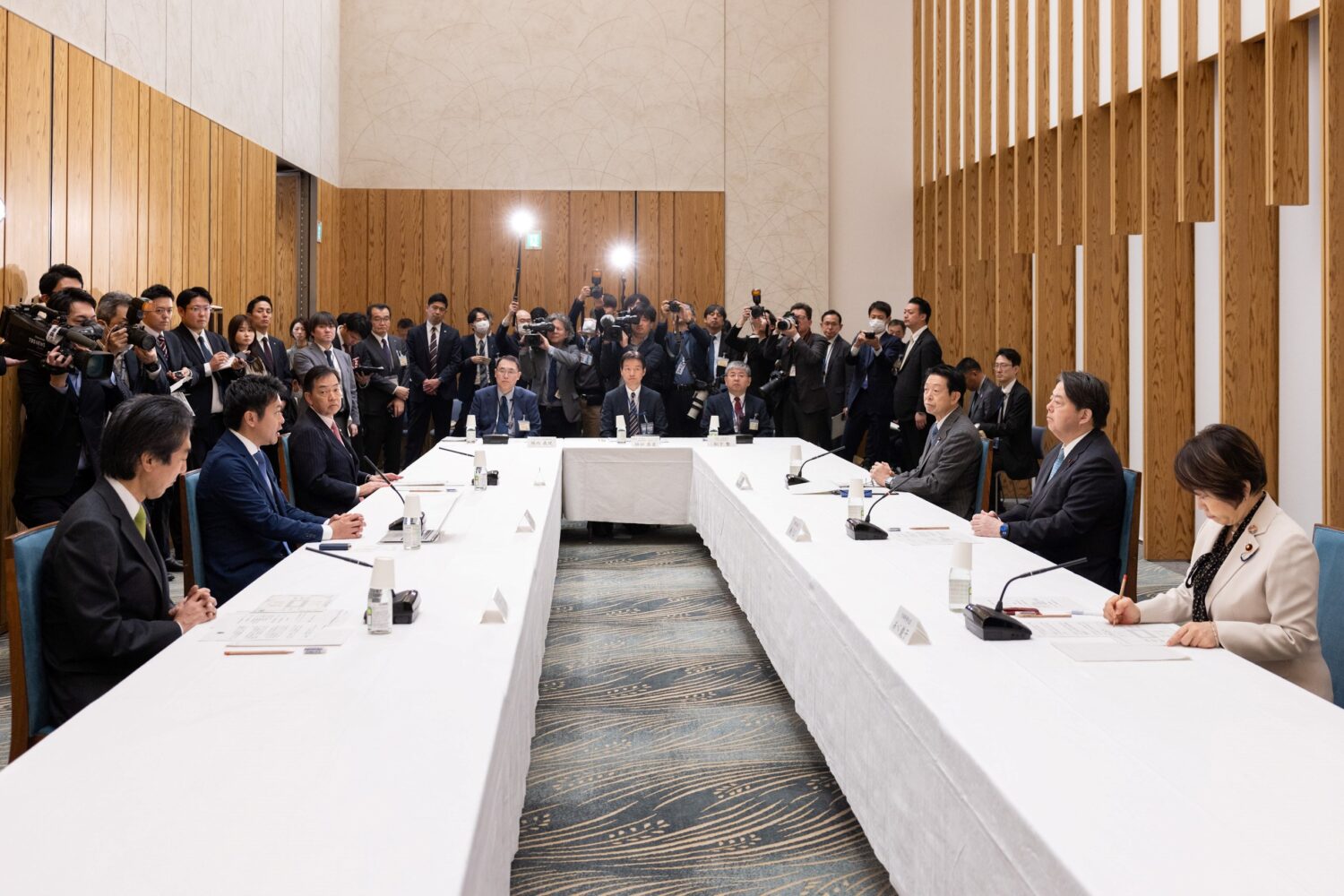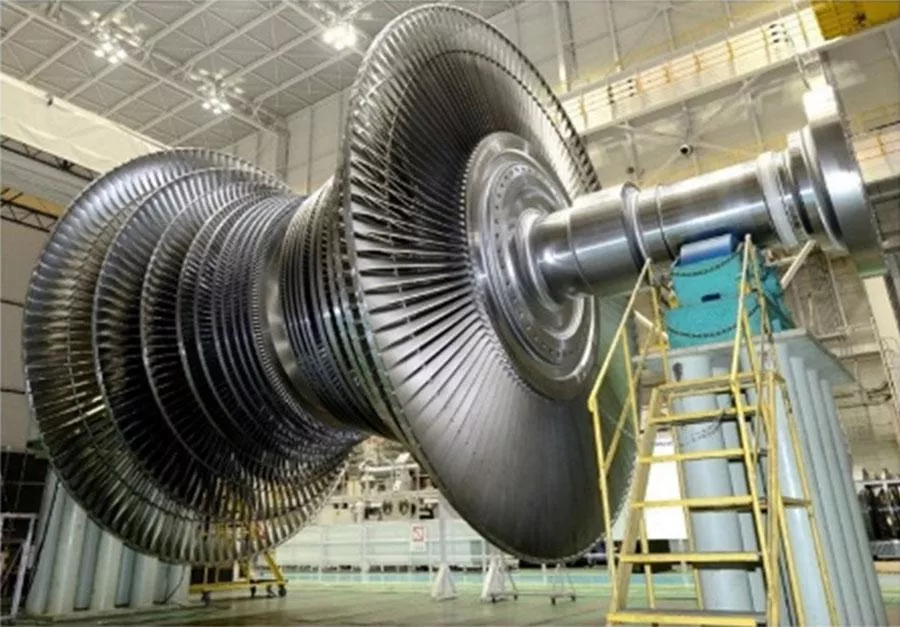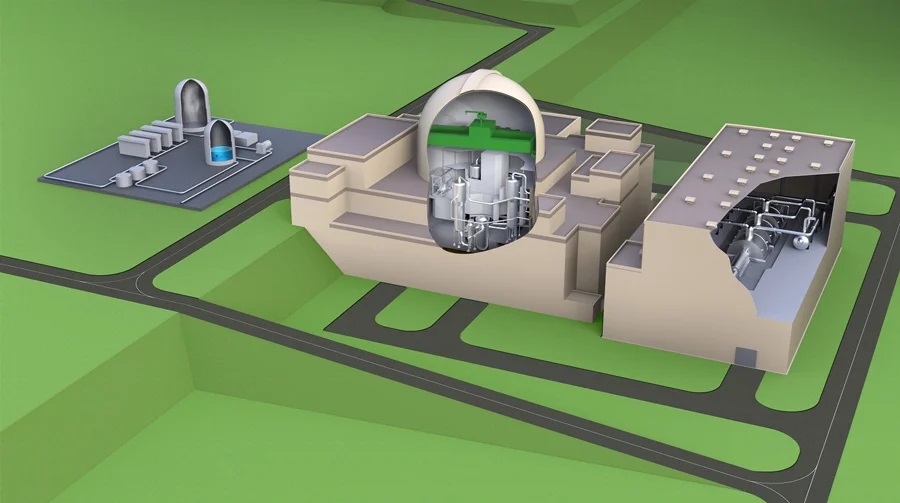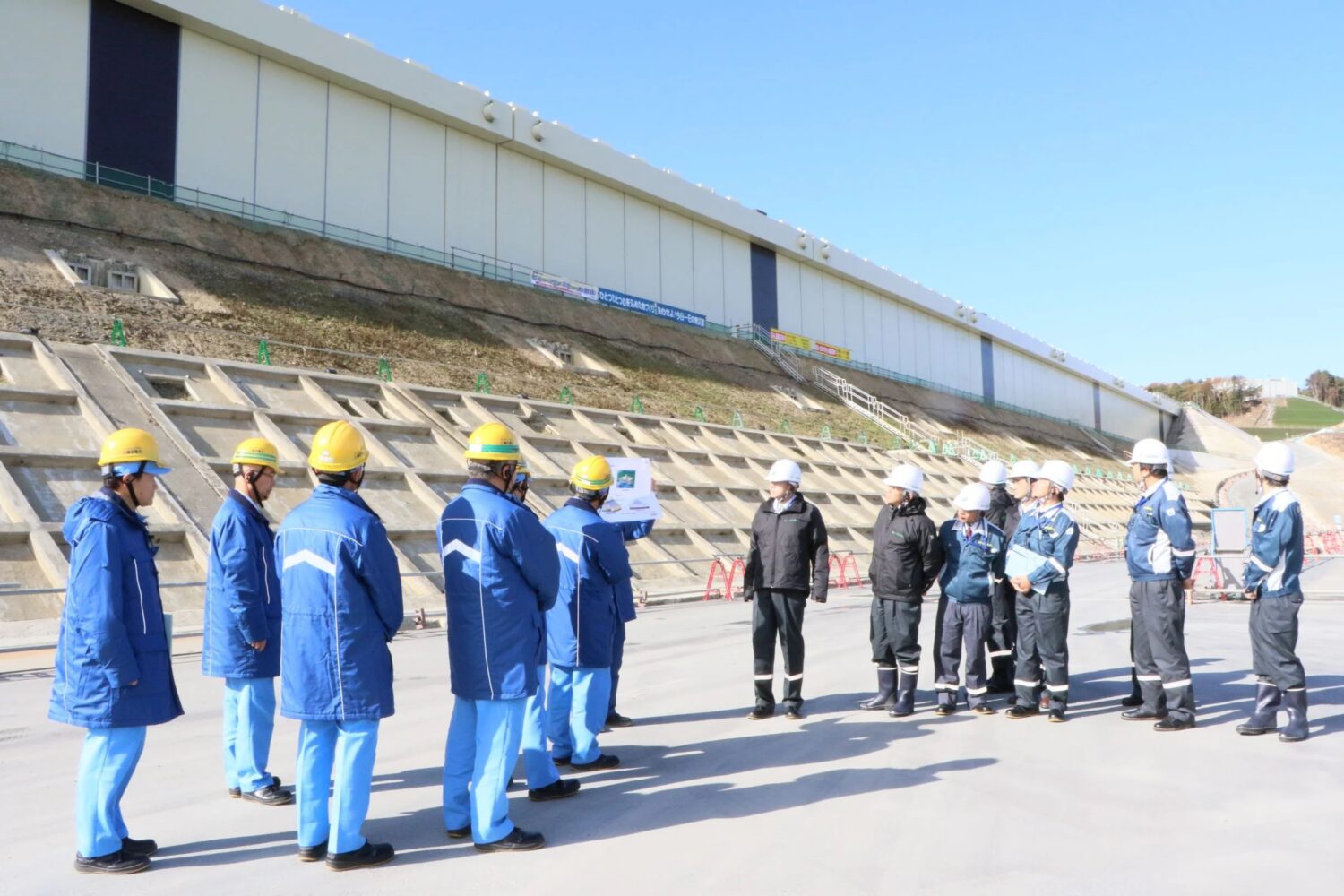Under the basic plan, the presentation included the conceptual design of a neutron beam reactor in the 10-MWt class, and a progress report on geological investigations of candidate locations within the site. JAEA described four beam systems of test equipment available for a broad range of industrial uses, including a neutron small‐angle scattering instrument and a neutron imaging device. It said that such an installation should be the first priority, and be used to demonstrate the value of having a new research and test reactor.
Director WADA Shigeru of JAEA’s New Research Reactor Promotion Office said, “Our mission is to realize the use of state-of-the-art technology and develop state-of-the-art research capabilities, contributing to local growth. Those we will do, getting and keeping local communities involved in our activities.”
The timing of construction and operation of the reactor are yet to be determined. Following the completion of a conceptual design, the project entered the detailed-design stage in FY22. JAEA indicated it expects to file its application for installation permission sometime during FY24.
Comments from members of the task force concerned the needs of industry, the role in fostering human resources and continuation of technology, and the importance in terms of innovation and the future management of increasing awareness among students and those in other fields.
There were also discussions on responses to regulation, comparisons with commercial reactors, rationalization of examinations based on a “graded approach” (implementing optimum safety measures based on risk classifications), and desired maintenance schedules.
The new reactor type was decided upon by the task force in 2020. Given that it was expected to take the place of the Kyoto University Research Reactor (KUR) and be used in a wide range of academic and eventually industrial areas as well, a medium output (about less than 10MWt) was determined to be most appropriate, and work began on a design.
It was also decided that JAEA (design, installation, and operation), Kyoto University (management of use) and the University of Fukui (establishment of cooperation with local organizations) would be the core parties in the project.


-1.png)

